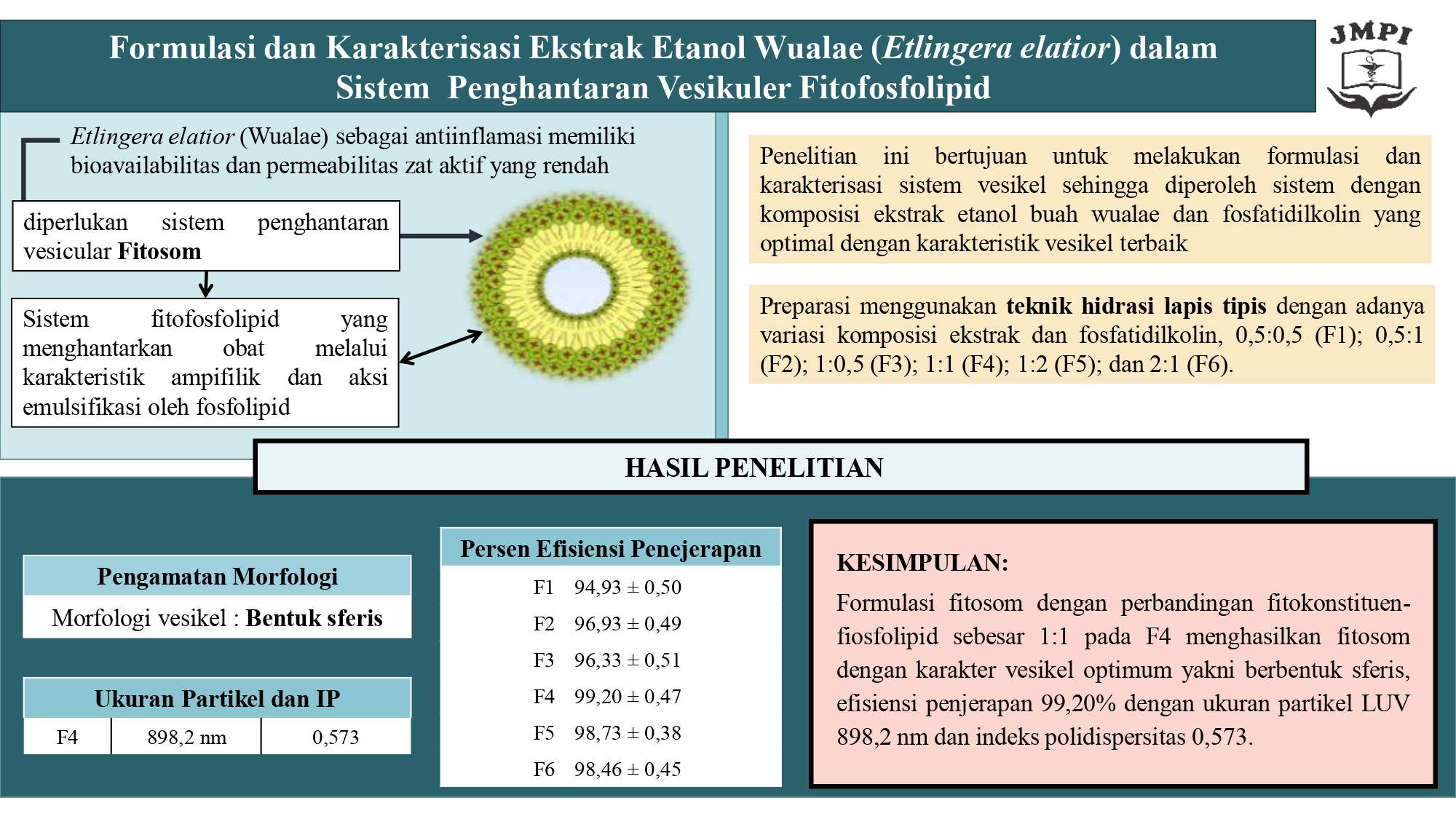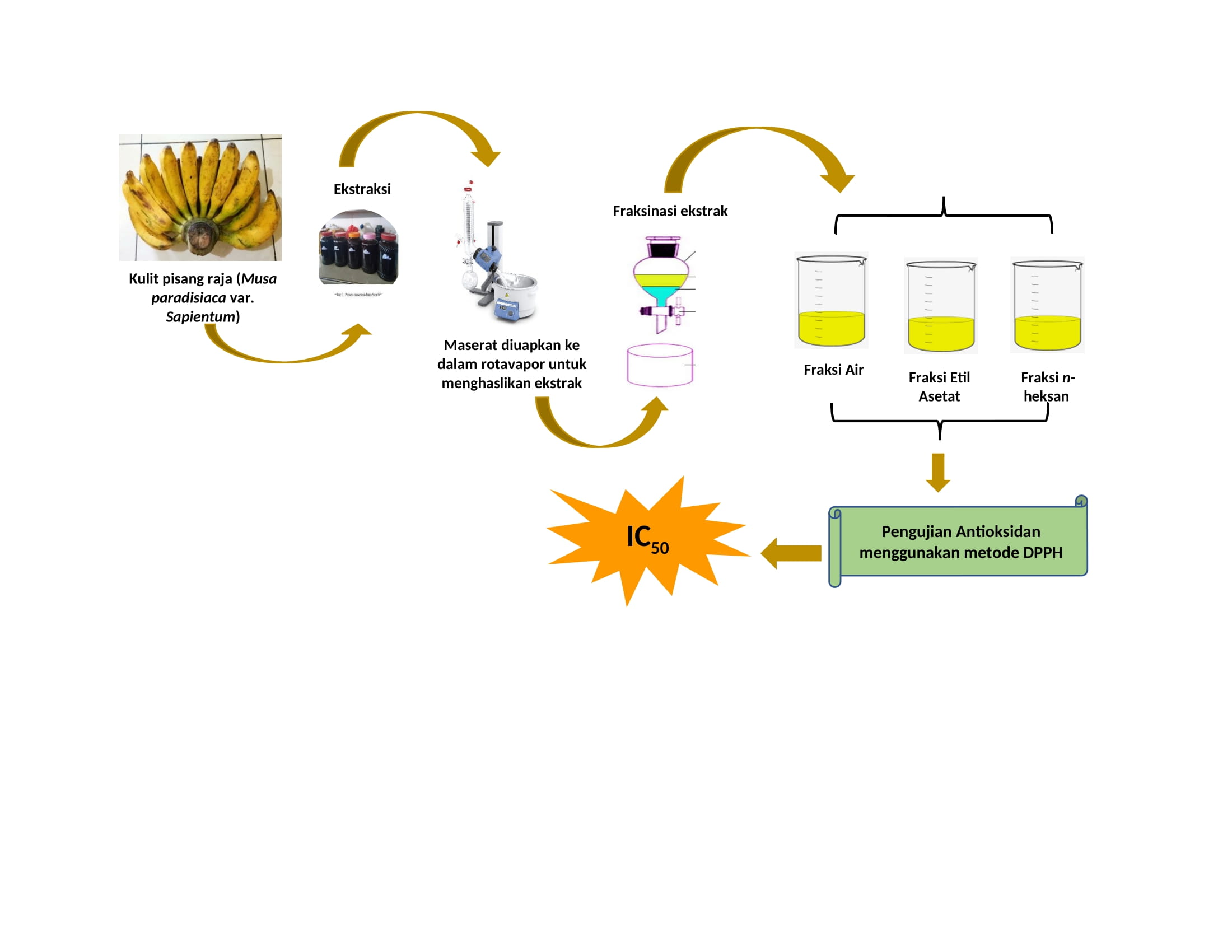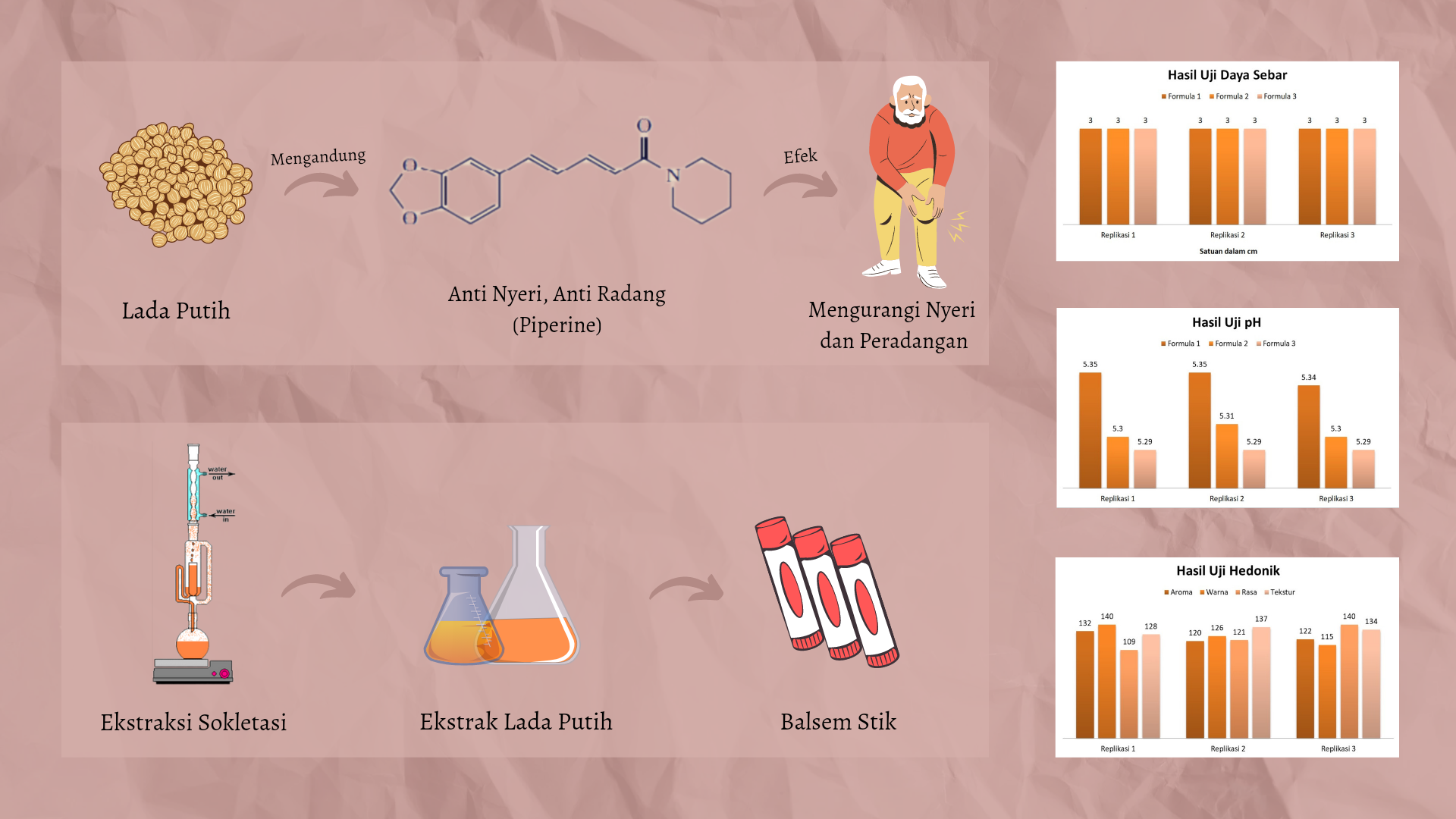Physical Stability and Antihyperpigmentation Activity of Berenuk (Crescentia cujete Linn) Leaves Ethanol Extract in Cream with Variations of Cremophor RH40 as Surfactant

Downloads
Indonesia has high exposure to sunlight which can cause skin problems such as hyperpigmentation. Treatment of hyperpigmentation with hydroquinone can cause side effects. Therefore, it is necessary to develop antihyperpigmentation products from natural ingredients to minimize these side effects. Berenuk leaves (Crescentia cujete Linn) have antioxidant activity with an IC50 value of 80.21 µg/ml in ethanol extract. This antioxidant compound can be used to treat hyperpigmentation problems. In its use, Berenuk Leaf Ethanol Extract (BLEE) is formulated in a cream dosage form. Cremophor RH40 is a type of nonionic surfactant that can affect the physical stability of cream. This study aims to determine the effect of Cremophor RH40 on the physical stability of cream preparations and their antihyperpigmentation activity. Cream preparations were made with varying concentrations of Cremophor RH40 5% (F1), 10% (F2), 15% (F3). Physical stability evaluation was tested using the cycling test method. Data were analyzed statistically with paired samples t-test. Analysis of antihyperpigmentation test data in the form of the amount of melanin in all test groups was analyzed for differences using Kruskal Wallis and continued with the Mann-Whitney test. BLEE cream’s physical stability test result show that the most stable formula is formula 1 because it is stable up to the 5th cycle. in contrast, formula 2 only goes up to the 3rd cycle, and formula 3 in the first cycle has experienced 2-phase separation. BLEE cream (F1) has antihyperpigmentation activity because it has an average melanin intensity less than the negative and positive controls.
Downloads
Copyright (c) 2024 Jurnal Mandala Pharmacon Indonesia

This work is licensed under a Creative Commons Attribution 4.0 International License.


















